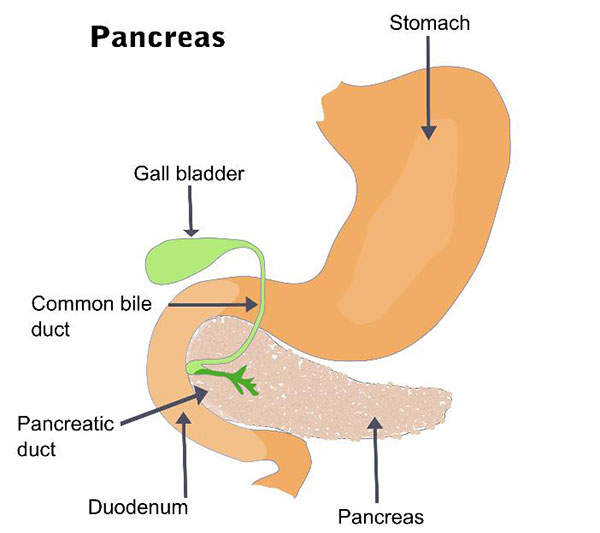
Simbrinza (brinzolamide/brimonidine tartrate) is a carbonic anhydrase inhibitor developed by Alcon, a division of Novartis. The drug is indicated for the reduction of elevated intraocular pressure (IOP) in glaucoma patients.
Simbrinza was approved by the US Food and Drug Administration (FDA) to reduce elevated intraocular pressure (IOP) in patients with primary open-angle glaucoma or ocular hypertension in April 2013.
Intraocular pressure (IOP) and glaucoma
Intraocular pressure (IOP) is a condition in which the fluid pressure inside the eye is increased, typically to above 21mmHg. The condition could lead to glaucoma and permanent vision loss in some individuals. Glaucoma is an eye disease that leads to progressive damage of the optic nerve, which can result in loss of vision. Elevated IOP is the only risk factor for glaucoma.
Glaucoma affects more than 2.2m people across the US. More than 67m people are estimated to be suffering from glaucoma worldwide. Glaucoma is the second leading cause of preventable blindness in the world.
Simbrinza’s mechanism of action
Simbrinza contains a fixed-dose combination of two components, Brinzolamide 1.0% and Brimonidine 0.2%. The drug contains a carbonic anhydrase inhibitor that suppresses the activity of carbonic anhydrase and reduces intraocular pressure.
The drug is administered in the form of eye drops three times a day.
Clinical trials of Simbrinza
The FDA approval of Simbrinza was based on two three-month pivotal Phase III clinical trials.
Alcon conducted the first Phase III clinical trial on Simbrinza between March 2011 and June 2012. It was a randomised, double-blind, and parallel assignment. The study enrolled 690 IOP patients diagnosed with open-angle glaucoma or ocular hypertension, all aged 18 or over. The study’s primary outcome measure was establishing the mean intraocular pressure (IOP).
The second Phase III clinical trial on Simbrinza was conducted between May 2011 and January 2013. It was also a randomised, double blind and parallel assignment. It enrolled 771 IOP patients above 18 years of age, who were diagnosed with open angle glaucoma or ocular hypertension. The primary endpoint of the study included finding the mean diurnal intraocular pressure (IOP) in three months.
Both the clinical studies evaluated the efficacy and safety of Simbrinza containing Brinzolamide 1.0% and Brimonidine 0.2% in fixed doses, in comparison with either of the two components. The patients were administered with either Simbrinza three times a day or one of the two components in similar dose.
The results of both the studies showed that Simbrinza statistically proved superior when compared to the other component in reducing the mean IOP at month three. Simbrinza-administered patients achieved a reduction of between 5mmHg and 9mmHg of IOP from the baseline at month three in both the studies. The mean IOP of the patients at the baseline was 22mmHg to 36mmHg.
Related project
Zioptan for the Reduction of Elevated Intraocular Pressure (IOP), United States of America
Zioptan (tafluprost ophthalmic solution) was developed by Santen Pharmaceutical in collaboration with Merck. The drug is indicated for the reduction of elevated intraocular pressure (IOP).
The common adverse reactions in the two Phase III clinical trials included blurred vision, eye irritation, dysgeusia, dry mouth and eye allergy. Treatment discontinuation due to adverse reactions in Simbrinza-administered patients was about 11%.
Marketing Simbrinza in the US
Simbrinza is the only fixed-dose combination free of beta-blocker approved in the US for glaucoma. Other medications available for the treatment include Zioptan, developed by Santen Pharmaceutical and Merck, Alphagan, developed by Allergan, and Trusopt, developed by Merck.






